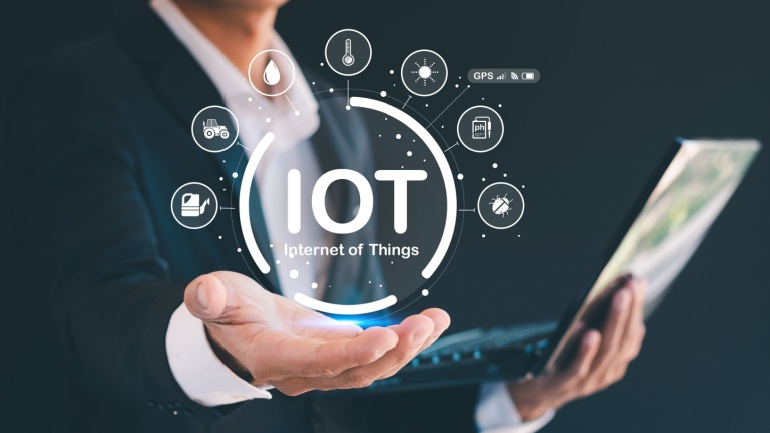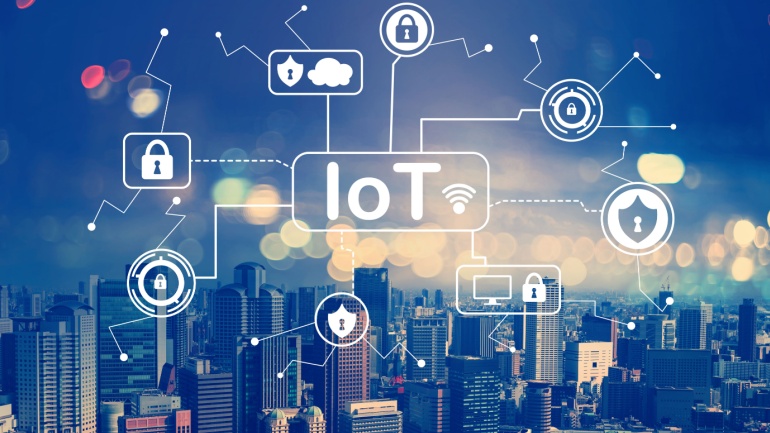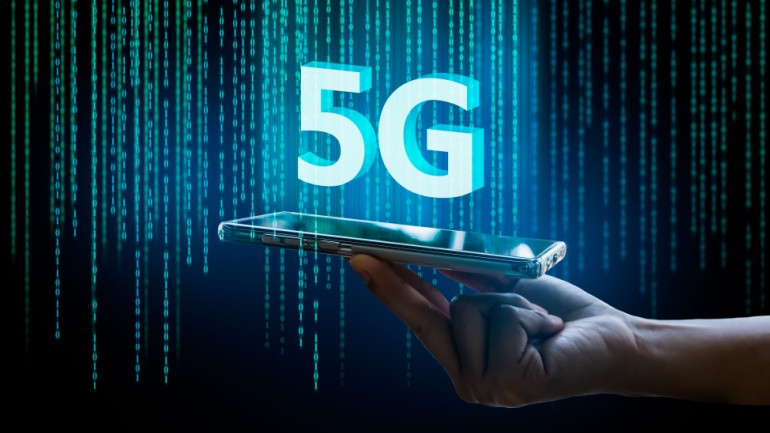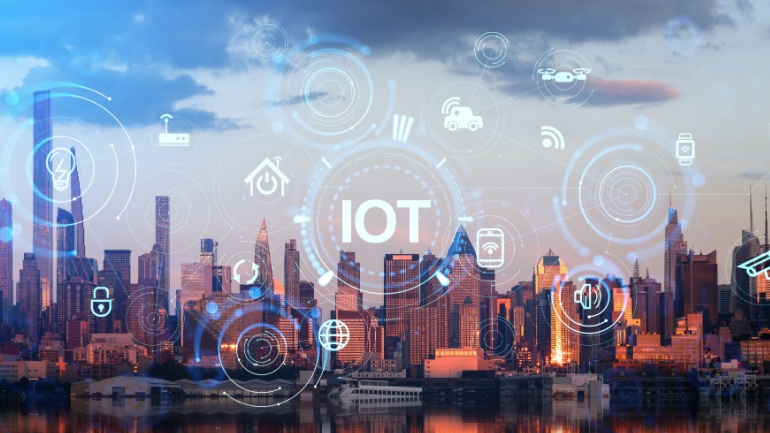Qualcomm’s acquisition of Sequans Communications’ 4G IoT technology marks a significant leap in enhancing their VoIP solutions for the industrial IoT market. By integrating Sequans’ specialized cellular semiconductor solutions, Qualcomm aims to offer more reliable and optimized VoIP connectivity. This strategic move bolsters their portfolio, aligning with the growing demand for robust IoT connections.
Barcelona-based Sateliot has launched four LEO nanosatellites via SpaceX to expand its satellite IoT services. This move aims to connect eight million devices and secure €30 million in funding. Utilizing a 5G core through AWS, Sateliot’s NB-IoT constellation targets 100% global coverage and offers cost-saving IoT solutions.
Deutsche Telekom is enhancing its global IoT presence through a new agreement with the Bridge Alliance. As the first European telecom giant in this consortium, Deutsche Telekom aims to streamline IoT solutions for both Asian and European markets. Their combined expertise promises superior connectivity and simplified procurement processes.
Cisco and Rockwell Automation have partnered to accelerate industrial digital transformation in the Asia Pacific, Japan, and Greater China region. This collaboration aims to optimize manufacturing operations, boost productivity, and ensure industrial network security through advanced solutions like industrial IoT.
Soracom, a KDDI division, has integrated generative AI into its cellular IoT platform, launching Soracom Flux and Soracom Query Intelligence. These tools simplify IoT deployments, empowering non-technical users to manage data and connectivity efficiently. Enhanced with AI, these services promise to revolutionize how industries implement and manage IoT networks.
Soracom’s commercial rollout of satellite NB-IoT, in partnership with Skylo Technologies, is revolutionizing IoT connectivity. Leveraging Skylo’s LEO satellite constellation, Soracom provides seamless integration of cellular and satellite IoT networks through its cloud platform. This advancement empowers businesses with reliable, global IoT services, enhancing connectivity even in remote areas.
Telefonica Deutschland recently conducted a successful trial of 5G RedCap devices, promising to revolutionize IoT connectivity. Offering increased data rates, minimal latency, and longer battery life, this development is one step closer towards creating a smoother and more efficient IoT field.
At the recent Embedded World event, Qualcomm, the US mobile chip giant, has introduced a new wifi System-on-Chip (SoC) named the QCC730 Wi-Fi solution. This innovative chip boasts an impressive 88% reduction in power consumption compared to previous equivalents, making it a game-changer for battery-powered IoT (Internet of Things) devices.
RDK Management (RDK) today announced that it has joined the Wireless Broadband Alliance (WBA) and that the two organizations’ members plan to collaborate on industry-wide initiatives such as Operator Managed Wi-Fi, Wi-Fi 7, and IoT. RDK and WBA share many common members across broadband operators and technology companies that are committed to deploying RDK for Broadband (RDK-B).
At the Mobile World Congress (MWC) 2024, BT’s Division X unveiled a significant advancement in their technology offerings, introducing a multi-million-pound investment in a narrowband Internet of Things (NB IoT) network. This move is poised to revolutionize the IoT landscape across various sectors, promising a new era of smart cities and advanced agriculture. Chris Keone, the Managing Director of Division X, shared insights into how this technology is setting the stage for futuristic urban environments and industry transformations.













